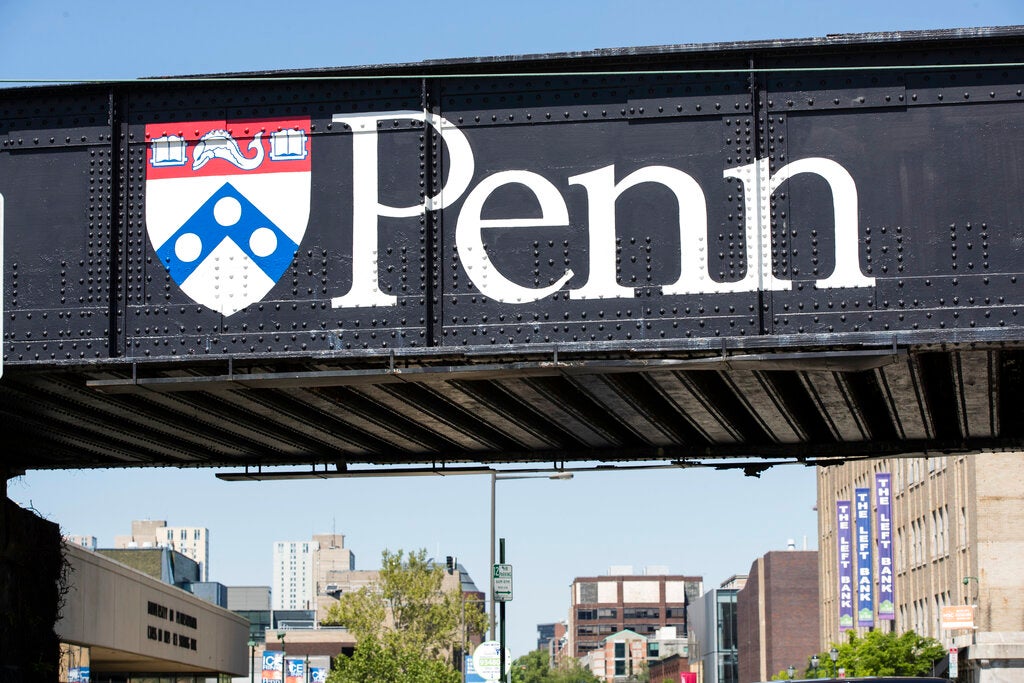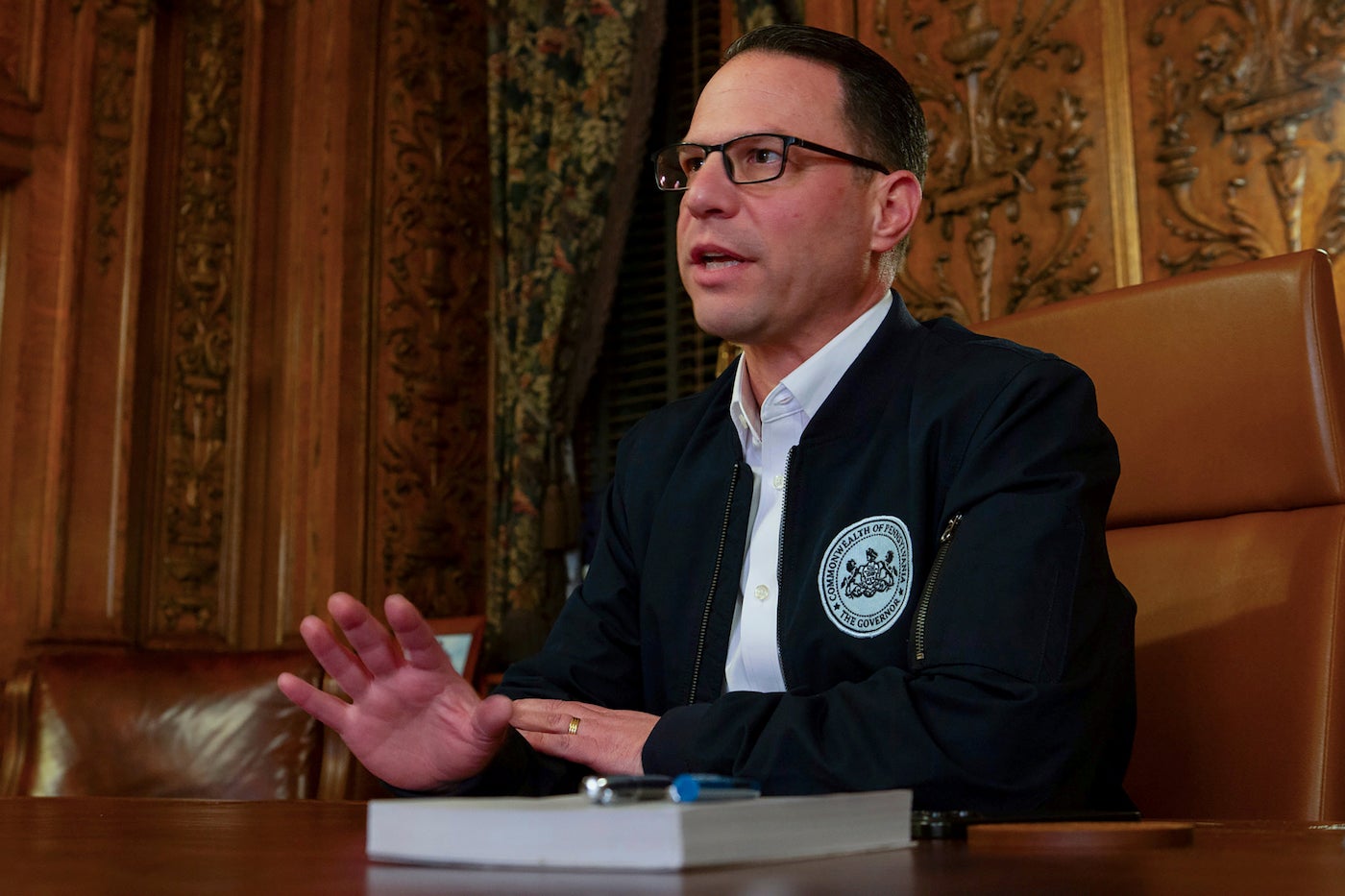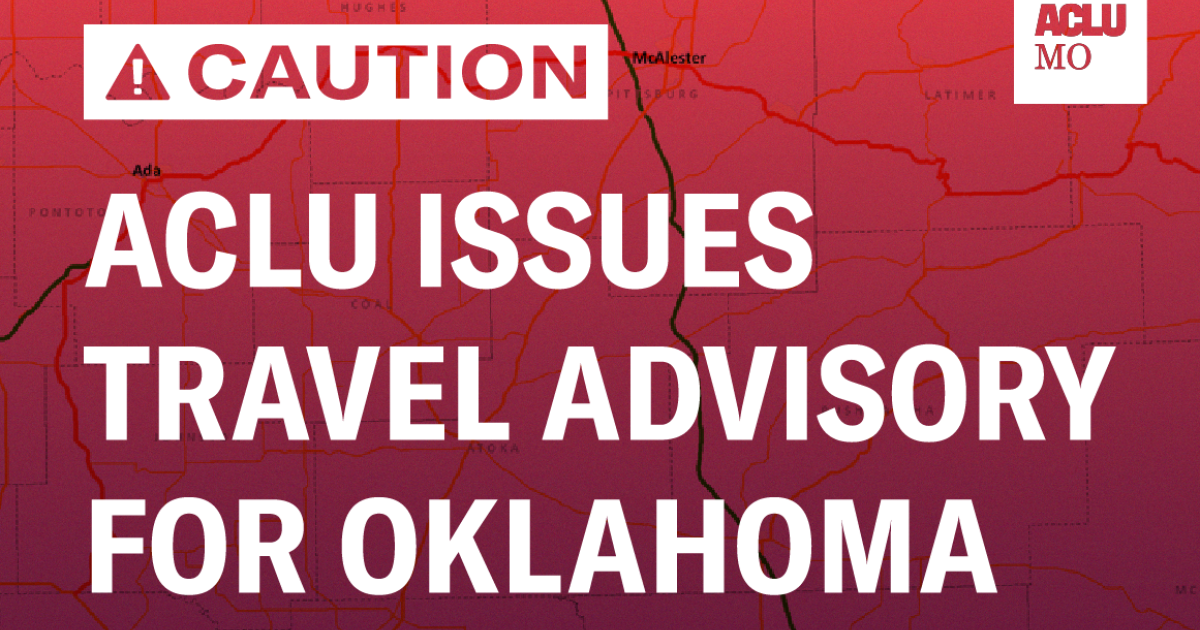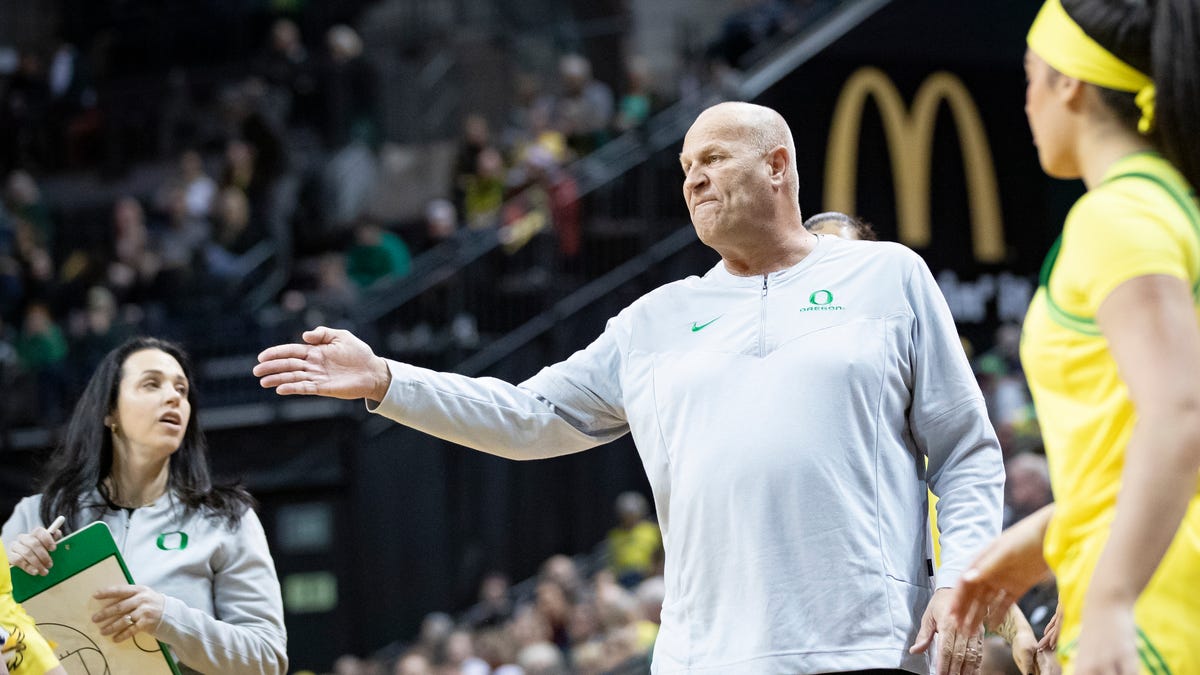Pennsylvania
First official season for girls wrestling in Pennsylvania getting started | Trib HSSN

By:
Saturday, December 9, 2023 | 12:33 AM
The date May 17, 2023, will not soon be forgotten by those who follow and have an affinity for girls wrestling locally and throughout the state of Pennsylvania.
That day, the PIAA officially sanctioned the sport, making good on its promise that if schools in the state came through and 100 or more sponsored girls wrestling, it would do the same.
Pennsylvania became the 38th state to sanction girls wrestling, and now more than 30 teams in the WPIAL, including four in the Alle-Kiski Valley, are putting the finishing touches on preparations to compete, both in head-to-head dual meets and also tournaments.
“My friend has been coaching a boys team in New Jersey for a while, and he helped start a girls team about four or five years ago,“ said Plum girls wresting coach Dave Miller, who guides a group of 10 Mustangs wrestlers, a mix of veteran competitors and others brand new in the sport, into Saturday’s Butler Invitational, the first official event on the area schedule this season.
“Pennsylvania didn’t have it yet. But there’s been such a groundswell of interest and support the past couple of years. It’s just taken off. Last year, they doubled the number of schools from the year before. It’s growing like wild fire.”
Plum, Kiski Area and Fox Chapel will be among more than a dozen teams joining a number of individuals from other schools who don’t yet sponsor girls wrestling hoping for positive results at Butler.
Girls at Knoch, Highlands and Riverview represent the boys team at their school, but they also will test their mettle at tournaments throughout Western Pennsylvania through February.
Knoch junior Miranda LeJevic and teammate Braylee Ireland, a sophomore, are two of the area’s more experienced wrestlers. They went 9-7 and 6-3, respectively, in high school girls matches last year. Both competed at states.
The journey to sanctioning girls wrestling in Pennsylvania began in March 2020 when the school board at Lancaster’s J.P. McCaskey voted to begin a girls program.
There were nine teams by the end of 2020, including North Allegheny. By the end of 2021, that number grew to 31. Kiski Area was the last one to join that year.
Plum joined in June 2022, and Fox Chapel did so this year.
Eight girls wrestled on the Foxes boys team last year. Four of them returned and are a part of the 15-member girls squad this season under the director of coach Michael Frank.
Burrell is the latest school from the WPIAL to make the move as its school board voted the team into reality on Nov. 21. A group of eight girls, all underclassmen, had been holding workouts in advance of the anticipated vote.
Kiski Area opens the season with seven wrestlers. All of them also are underclassmen.
Sophomore Ava Golding made a name for herself last year when she went 4-0 and edged Cavaliers teammate Bella DeVito in a championship match at the Powerade girls tournament at the end of December.
DeVito, a 2023 Kiski grad, is a freshman on the women’s wrestling team at Lock Haven.
Golding is back to provide experience and leadership to what coach Karly Jo Thomas said is a group of eager but less-experienced competitors.
“We started workouts and conditioning at the beginning of November,” said Thomas, an area mixed-martial artist who answered the call to coach at Kiski Area when asked to help lead the program.
“It’s been an interesting experience,” she said. “Honestly, the hardest part is everything but the coaching. It’s insane to think how much these girls have grown and improved in just a month. They are so ready to compete.
“Ava has been a tremendous help, pretty much as a coach herself. She helps me make sure I am explaining things correctly, and she is excited to see this team flourish. That is a really good asset to have for us.”
History will be made Wednesday with the A-K Valley’s first official girls wrestling dual meet at Burrell. The teams will add to the rich tradition of wrestling between Burrell and Kiski Area and do battle amidst a tripleheader also involving the junior high and boys varsity teams.
“They are super excited for that match,” Thomas said. “I don’t know as much about the rivalry as others, but I know it is a big deal to the girls. There is respect there, and it will be an eye-opening experience for everyone.”
Plum and Fox Chapel met last year for a dual at Plum, and the teams will face off again Jan. 3 at Fox Chapel.
Powerade on Dec. 27 at Canon-McMillan, the Mt. Lebanon Winter Classic and Mid-Winter Mayhem at IUP on Jan. 13 and the Wright Automotive Tournament on Feb. 3 at North Allegheny are just some of several opportunities for area girls wrestlers to compete and hone their skills before the first WPIAL championship tournament Feb. 17.
A West Regional at Canon-McMillan on March 2 will lead into the PIAA championships March 7-9 at Hershey’s Giant Center.
“Last year felt real for the girls even though it wasn’t sanctioned yet,” Miller said. “The state tournament was really nice. It was real wrestling. I was shocked at the quality of talent at the state level, and even at our regional level. It is a pretty high level.”
Michael Love is a Tribune-Review Staff Writer. You can contact Michael by email at mlove@triblive.com or via Twitter .
Tags: Burrell, Fox Chapel, Highlands, Kiski Area, Knoch, Plum, Riverview

Pennsylvania
Stuck between high fees and low wages, how much money will it take to fix PA child care staffing crisis?

Diane Barber, executive director of the Pennsylvania Child Care Association, called the expanded tax credit “a wonderful thing for families.” But she and other child care advocates and experts said it doesn’t fix the staffing issues providers face.
“While we can reduce the costs for families, it only helps if they can actually find some place for their children to go,” Barber told Spotlight PA.
What the governor is proposing
State funding for two major child care line items has already increased, partially making up for a decline in federal revenue, according to a March report from the state’s Independent Fiscal Office. But overall funding is still down from the height it reached during the pandemic.
And the report noted uncertainties remain for the industry, including whether providers can maintain the wages they increased during the pandemic.
Shapiro’s administration has highlighted how one relatively small increase in his budget proposal — $96,000 in state funds — would allow the state to leverage $62 million in federal funds to increase reimbursement rates for providers in the state’s subsidized child care program. The new rates would be at a federally recommended benchmark, the administration has said.
“We’re very hopeful that this is something that is included in the final budget,” Secretary of Human Services Valerie Arkoosh said during a state Senate budget hearing in March. “It will be extremely important to these child care providers. It will allow them to increase salaries if they wish. It will put more money in their budgets and money they can count on.”
But child care advocates say the proposed higher rates aren’t enough. Barber of the Pennsylvania Child Care Association told Spotlight PA the money for higher reimbursement rates will help providers keep their “lights on, but it’s not going to be able to empower programs to increase staff salaries substantially or to provide benefits.”
The administration has declined to say whether it supports the $284 million proposal from advocates. Department of Human Services spokesperson Brandon Cwalina told Spotlight PA the administration is “happy to work with the General Assembly to review and consider specific proposals that invest in child care.”
But he said the administration anticipates raising reimbursement rates “will create a more stable business environment for child care providers and ensure equal access to child care services,” and that both reimbursement rates and child care worker pay have increased in recent years.
Child care workers would also benefit from the governor’s proposed minimum wage increase to $15 an hour, Arkoosh told lawmakers. And she said the budget plan includes additional funding to help child care providers reach that level should lawmakers raise the minimum wage.
Representatives for the party caucuses in the state legislature expressed support for child care. But they did not commit to a specific funding level.
Stefano, of the Early Childhood Education Caucus, said he wants to see more investment in child care and early education beyond what the governor has proposed. But he said there are unknowns, including how much money lawmakers will decide to spend on K-12 education.
Another co-chair of the caucus, state Sen. Judy Schwank (D., Berks), said she supports the $284 million proposal from advocates.
“Will we get all of it? I’m not so sure,” Schwank told Spotlight PA. “But I’d sure like to see something.”
So would Zelinsky at the Doodle Bug.
“If there was something that would take a little bit of stress off of me, it would be different because I can’t imagine my life doing anything else,” she said. “I would take every one of these kids home with me. That’s what makes me stay.”
Spotlight PA is an independent, nonpartisan, and nonprofit newsroom producing investigative and public-service journalism that holds the powerful to account and drives positive change in Pennsylvania.
Pennsylvania
Penn grad workers say ‘we’re part of a national movement’ after union win

The Graduate Employees Together University of Pennsylvania, or GET-UP, is behind the drive to affiliate with the United Auto Workers, which often represents student worker unions.
The union election was scheduled for mid-April but was delayed after the University of Pennsylvania tried to exclude several hundred student workers through the National Labor Relations Board appeal process, but the university failed.
There are about 4,000 eligible graduate student worker voters. There were 1,807 workers who voted in favor of the union, 97 voted against it and there were 417 challenged ballots.
The ultimate size of the union will likely be several thousand workers, but the exact number is expected to fluctuate depending on when student workers graduate or their appointments end.
The university is waiting for official certification of the results by the National Labor Relations Board but recognizes the union election’s unofficial results.
“At Penn, we engage as a community to advance what is important to us all — a dynamic and supportive academic environment,” said Ron Ozio, a spokesperson for the University of Pennsylvania, in a statement. “We look forward to working with representatives from the UAW to continue this important mission for Penn’s graduate and professional students.”
Graduate students at the University of Pennsylvania earn a minimum stipend of $38,000 during the academic year. The biggest increase happened in the past year, when the minimum stipend increased by $8,000.
The university estimates the value of its funding packages for Ph.D. students, which include scholarships to cover tuition and fees, stipends, medical insurance and gym memberships, is $88,244.
Graduate students typically spend about six years working towards their Ph.D. degrees, which means there’ll be turnover in union members.
Dozens of student workers have already graduated in the past four years, but organizers say there’s more behind them ready to step up.
“We’re always bringing in new worker organizers who are in their first or second year. It’s really important for the long-term health of the union at Penn to do that,” Schirvar said.
Nationwide, colleges rely more on graduate student worker labor, said Celine McNicholas, director of policy at the Economic Policy Institute, a non-partisan think tank in Washington D.C.
“Universities have increasingly shifted teaching duties away from those 10-year-track faculty onto graduate students, adjuncts and instructors,” McNicholas said. “That leaves a large portion of the research and teaching at some of the most prestigious universities really being done by folks who are there pursuing their own education.”
There were two previous unionization efforts by GET-UP at the University of Pennsylvania that were not successful.
In 2003, the first unionization effort at the University of Pennsylvania died after the National Labor Relations Board ruled against graduate student unions at private universities. At the time, the federal agency was overseen by the Bush administration.
In 2017, the National Labor Relations Board ruled that all graduate students at the University of Pennsylvania — including those in the business and engineering schools — should be eligible to vote.
By 2018, GET-UP withdrew its union petition during the Trump administration as a strategic move.
Now Trump is on the presidential ballot again this November. It’s unclear what the National Labor Relations Board under Trump may do. But in the past, it ruled against private university student worker unionization efforts. If the University of Pennsylvania and GET-UP don’t ink a contract before those changes, the union could have little recourse about a lack of bargaining in good faith.
But graduate student workers do have some leverage as the lynchpin of the university academic workforce.
“It’s not like Starbucks where you can just close the coffee shop or fire all the baristas and hire more people off the street,” said Ruth Milkman, professor of sociology and labor students at the City University of New York. “Graduate students are highly skilled and not that easily replaced. So that doesn’t mean [the university] won’t drag it out, but that they have some leverage.”
There’s been much more stress about student debt and fewer tenure track jobs waiting for graduate student workers when they graduate.
“That’s been building up for a long time but it’s getting worse,” Milkman said.
Pennsylvania
Pa. Senate approves GOP's $3B tax-cutting plan

Republicans contended that such tax cuts would improve household budgets and stoke the economy in a state that desperately needs to step up its growth and appeal to keep pace with faster-growing states.
Shapiro’s administration expects to have $14 billion in reserve by the end of June, and what to do with it has been the subject of debate in Harrisburg.
In a statement, Shapiro didn’t say whether he supports it, but did welcome a conversation about what to with the state’s surplus.
“With this proposal, Senate Republican Leaders are coming to the table and acknowledging that we must invest in Pennsylvania’s future,” his office said.
Democrats sought to attach tax breaks for the lowest earners — rejected by Republicans — and criticized the bill as lacking transparency, having emerged barely 24 hours before the vote.
They also said it lacks any help for public schools, considering last year’s court decision that found Pennsylvania’s system of funding public schools violates the constitutional rights of students in poorer districts.
Sen. Sharif Street, a Democrat from Philadelphia, said that attracting companies and new residents is about more than tax rates. People want a good quality of life, like good public schools and safe communities, and cutting taxes doesn’t help Pennsylvania improve its poor track record on funding schools and public safety, Street said.
“It will not attract growth to Pennsylvania, it will not attract jobs and it is a failed strategy,” Street said during floor debate.
The Senate GOP’s tax legislation would reduce the personal income tax rate from 3.07% back to the 2.8% level where it was before lawmakers in 2003 raised it to fill a deficit amid a foundering economy.
The bill also would eliminate the 4.4% gross receipts tax on the profits of private electric utilities, a tax that dates back to the 1800s and and is passed through to commercial and residential electric customers.
Shapiro’s $48.3 billion budget proposal, released in February, envisioned a $3 billion increase in spending, or about 7%, while leaning on Pennsylvania’s flush reserves to help underwrite it.
Shapiro’s plan would send billions more for underfunded public schools, public transit, services for the intellectually disabled, higher education and major industrial and high-tech projects to invigorate a slow-growing economy.
To balance, the proposal would shrink the state’s cash reserve from $14 billion to $11 billion. It has the backing of top Democratic lawmakers, but it has yet to see a vote in either chamber.
Republicans say that Shapiro’s spending plan puts the state on a path to drain the surplus within a few years and require a tax increase, given the state’s slower-growing tax collections.
The surplus began accumulating during the COVID-19 pandemic, when billions in federal aid covered some bills the state would normally pay and rising inflation pushed up tax collections on income and sales.
-

 Politics1 week ago
Politics1 week agoHouse Republicans brace for spring legislative sprint with one less GOP vote
-

 World1 week ago
World1 week agoAt least four dead in US after dozens of tornadoes rip through Oklahoma
-

 Politics1 week ago
Politics1 week agoStefanik hits special counsel Jack Smith with ethics complaint, accuses him of election meddling
-

 Politics1 week ago
Politics1 week agoAnti-Trump DA's no-show at debate leaves challenger facing off against empty podium
-

 News1 week ago
News1 week agoVideo: Police Arrest Columbia Protesters Occupying Hamilton Hall
-

 News1 week ago
News1 week agoAs student protesters get arrested, they risk being banned from campus too
-

 World1 week ago
World1 week agoNine on trial in Germany over alleged far-right coup plot
-

 Politics7 days ago
Politics7 days agoThe White House has a new curator. Donna Hayashi Smith is the first Asian American to hold the post
















